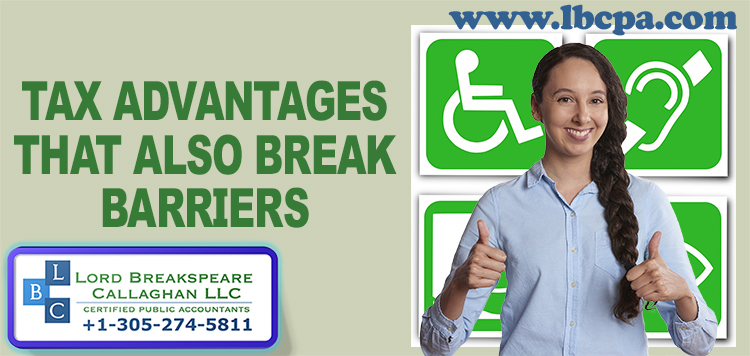LBCPA News 
Click here to go back
ABLE accounts can help people with disabilities pay for disability-related expenses

People with disabilities can use an Achieving a Better Life Experience or ABLE account to help pay qualified disability-related expenses. This tax-advantaged savings account doesn't affect their eligibility for government assistance programs.
Here are some key things people should know about these accounts.
Annual contribution limit
- The 2022 limit is $16,000.
- Certain employed ABLE account beneficiaries may make an additional contribution up to the lesser of these amounts:
- The designated beneficiary's compensation for the tax year.
- The poverty line for a one-person household. For 2022, this amount is $12,880 in the continental U.S., $16,090 in Alaska and $14,820 in Hawaii.
Saver's credit
- ABLE account designated beneficiaries may be eligible to claim the saver's credit for a percentage of their contributions.
- The beneficiary claims the credit on Form 8880, Credit for Qualified Retirement Savings ContributionsPDF. The saver's credit is a non-refundable credit available to individuals who meet these three requirements:
- Are at least 18 years old at the close of the taxable year
- Are not a dependent or a full-time student
- Meet the income requirements
Rollovers and transfers from section 529 plans
- Families may roll over funds from a 529 plan to another family member's ABLE account.
- The ABLE account must be for the same beneficiary as the 529 account or for a member of the same family as the 529 account holder. Rollovers from a section 529 plan count toward the annual contribution limit. For example, the $16,000 annual contribution limit would be met by parents contributing $10,000 to their child's ABLE account and rolling over $6,000 from a 529 plan to the same ABLE account.
Qualified disability expenses
- States can offer ABLE accounts to help people who become disabled before age 26 or their families pay for disability-related expenses. These expenses include housing, education, transportation, health, prevention and wellness, employment training and support, assistive technology and personal support services.
- Though contributions aren't deductible for federal tax purposes, distributions, including earnings, are tax-free to the beneficiary, if they are used to pay qualified disability expenses.
If you have any questions regarding accounting, domestic taxation, essential business accounting, international taxation, IRS representation, U.S. tax implications of Real Estate transactions or financial statements, please give us a call at 305-274-5811.
Source: IRS






